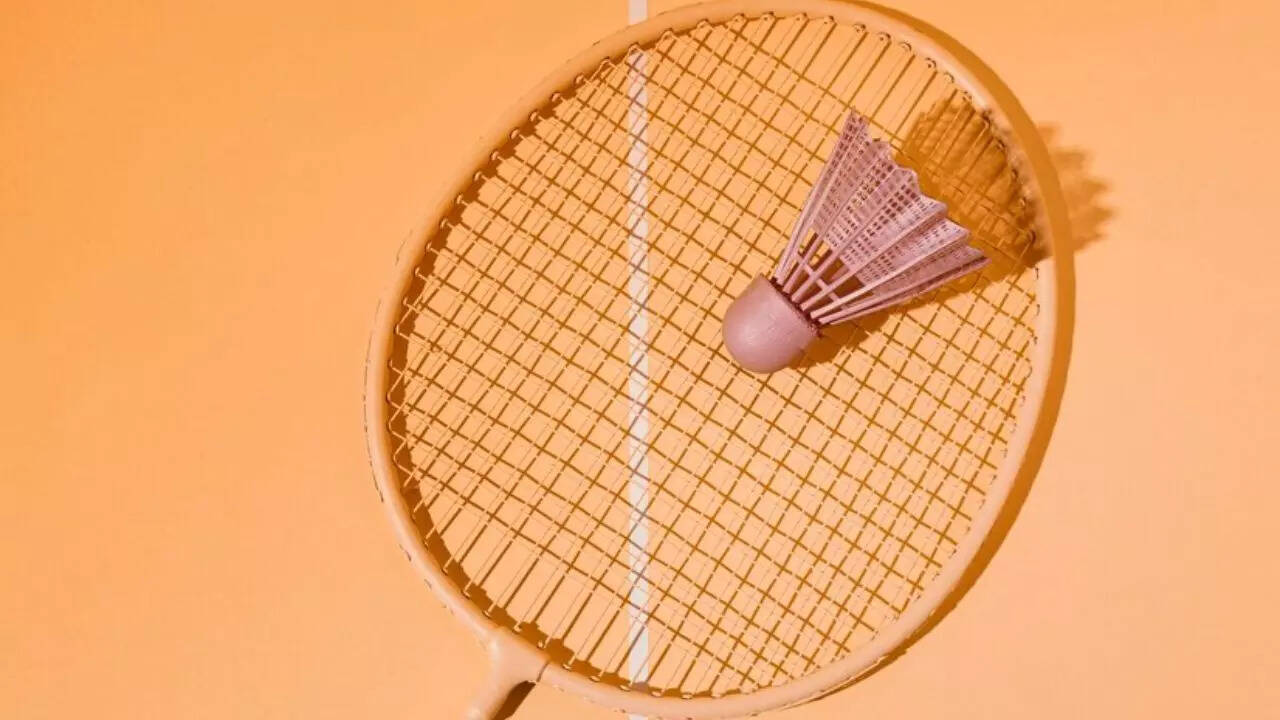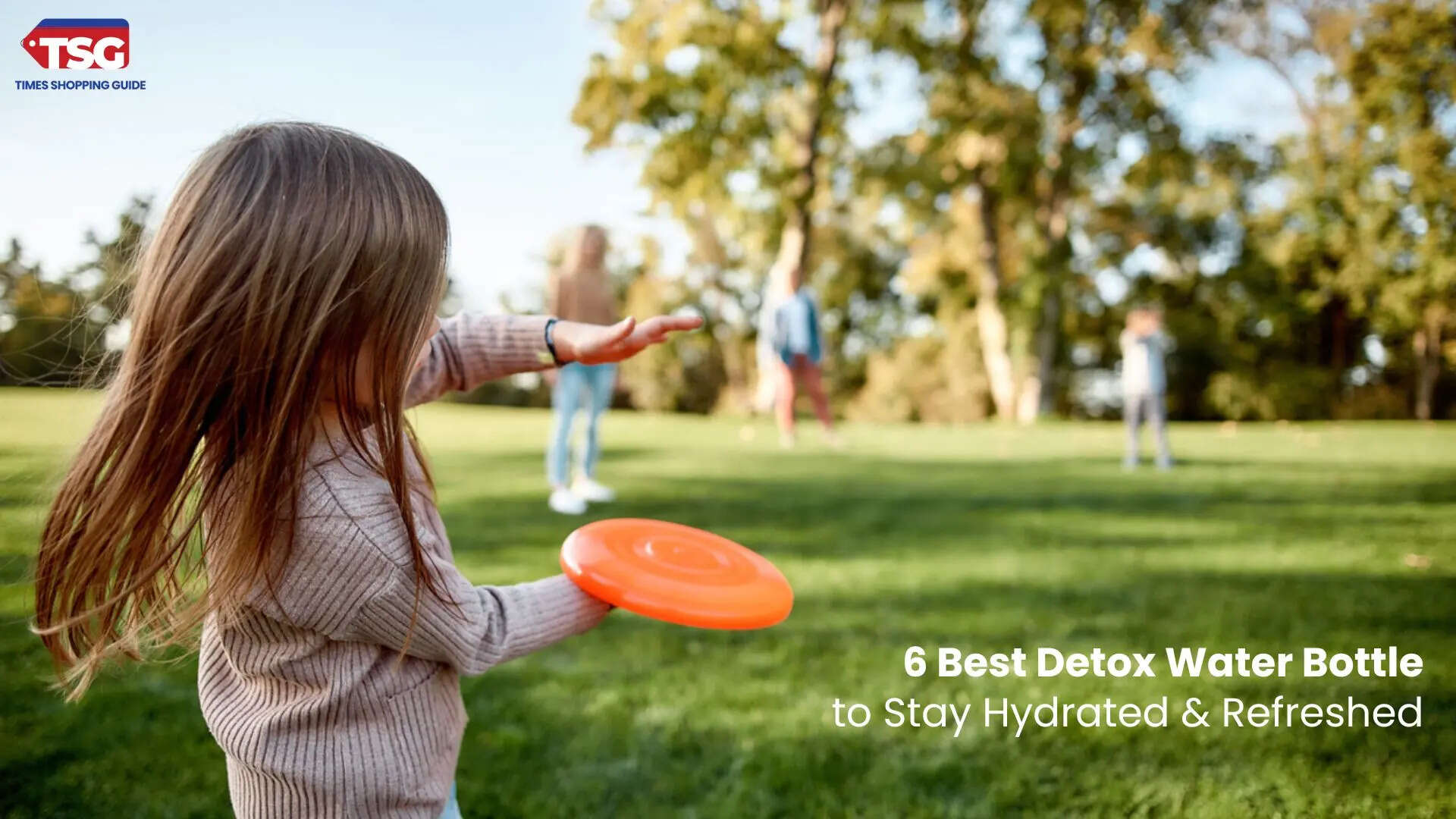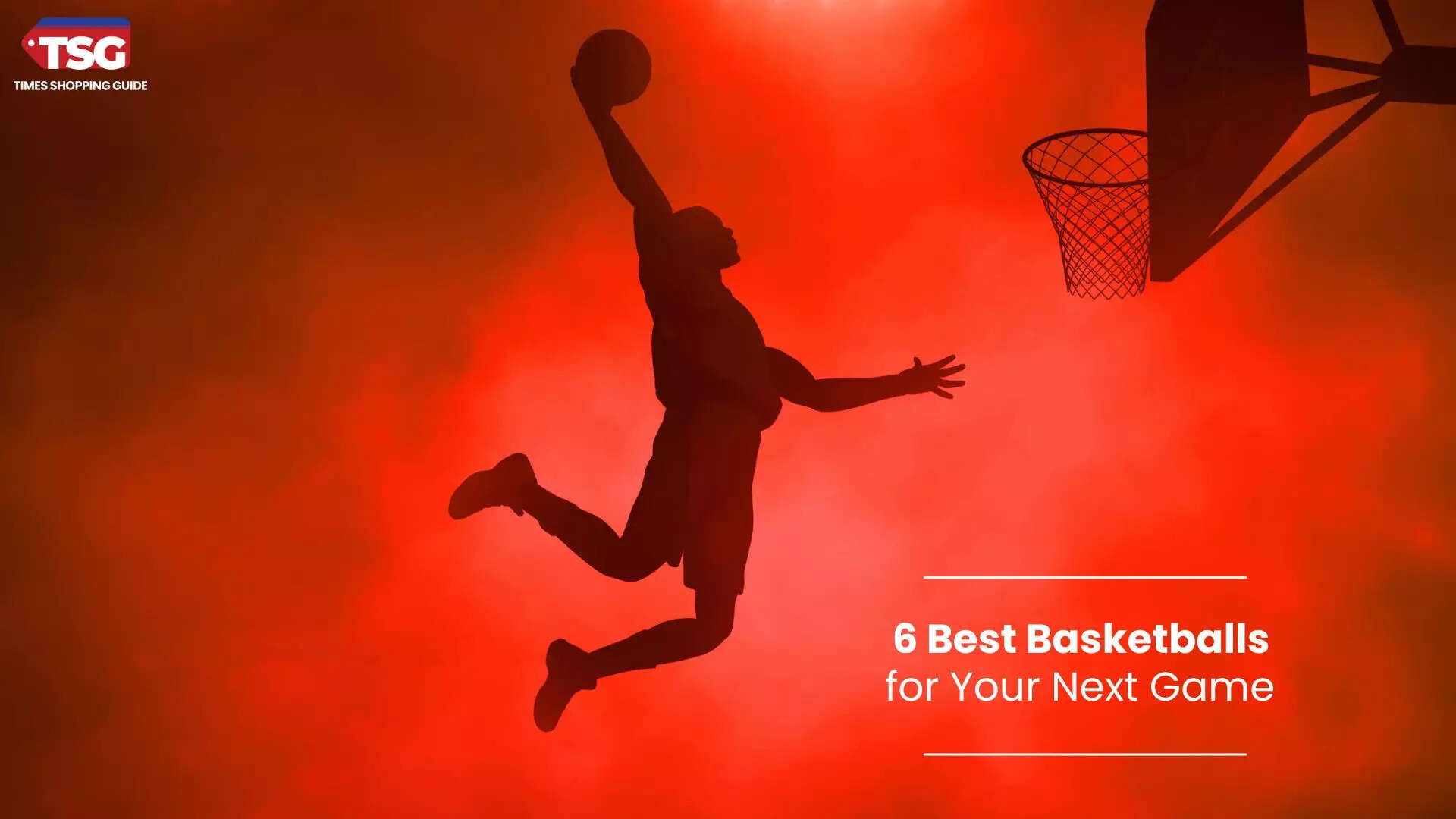- home
- sports equipment
- buying guide 10 tips to buy the best badminton racket
Buying Guide: 10 Tips To Buy The Best Badminton Racket
Looking for the best gear to amp up your badminton game? There are tons of things to take care of. Here, we have compiled the 10 top tips you should keep in mind while buying the best badminton racket for yourself. Get ready to smash it right and win the game!

The perfect guide you need to follow when picking the best badminton racket:
1. Pick a racket with the appropriate weight
Badminton rackets come in weights ranging from 70g to 99.9g. Rackets under 85g are considered lightweight, making them optimal for beginners. Even advanced players favor lighter rackets due to their swift swing speed and enhanced maneuverability.
On the other hand, heavy rackets are favored by those seeking greater momentum, requiring robust shoulders for effective use. A downside of heavy rackets is that it would make the player more prone to injury and is also not suggested for inexperienced players. This is because fast movement and heavy weight can lead to wrist injuries.
2. Racket Balance Point
The Balance Point of the racket refers to the racket’s weight distribution being influenced by the position of the center of balance, beginning from the handle's base.
The racket's balance can be categorized into three positions:
- If the balance point is towards the head, it provides more power, pushes the shuttlecock at a considerable distance, however, provides less control
- A neutral balance point is a balanced choice for players yet to identify their strengths and weaknesses, striking a harmonious blend between power and control
- If the balance point is at the handle, it offers enhanced control and quicker reaction times but doesn't contribute to additional power
3. Check the head weight
Badminton rackets come in 2 different variants - namely, head-light and head-heavy. This is determined by the Balance Point of a badminton racket.
- Head-Heavy Racquets: These badminton racquets are designed for powerful smashes, offering a heavier feel and a high balance number
- Head-Light Racquets: Perfect for net play, these racquets are lighter and more maneuverable than head-heavy ones
- Even Balanced Racquets: Ideal for all-around players, these racquets provide ultimate feel and flexibility by distributing weight evenly
Here’s an interesting thing to note: When one adds the string to the racket, it increases the overall weight by about 3-4 grams. On top of this, the addition of grip on the racket handle leads to an overall jump in the total weight towards the handle and thus ends up reducing the balance point.
Thus, it is suggested that if you are pursuing to play as and become an expert singles player then you should opt for head-heavy racket. However, if you are pursuing to play as and become an expert doubles player then you should go for head-light or even-balanced rackets.
4. Make the right material choice
Badminton rackets are commonly crafted from cost-effective steel or aluminum. While suitable for beginners, those who are looking for the sturdier side of things, wanting more durable rackets with enhanced performance should consider materials like graphite or carbon.
Graphite and carbon rackets, renowned for their lightweight nature, offer a combination of durability and superior performance. As you progress in your badminton journey, upgrading to a higher-quality racket is advisable for a more satisfying playing experience.
5. Select an Isometric Head Shaped Racket
Most badminton racquets are designed with an 'Isometric' head shape, deviating from the conventional 'oval' racquet form. This unique square shape, with a broader top half, offers players a distinct advantage—the enlargement of the racquet's sweet spot. The sweet spot is the area on the strings where hitting the shuttlecock results in optimal power and accuracy.
In contrast to traditional oval racquets that provide a more concentrated feel and control over the shuttle, the Isometric head shape minimizes the impact of off-center shots. This means that even if you don't hit the shuttle dead center, you still stand a good chance of achieving a powerful and accurate shot.
6. Understanding Racket Shaft Stiffness
The concept of shaft stiffness in a racket is closely tied to its flexibility. When exploring racket options, understanding and selecting the appropriate shaft stiffness is essential for optimizing your gameplay.
- Stiff Shafts: Tailored for players with refined techniques and a swift, powerful swing, stiff shafts offer a responsive and controlled feel during gameplay
- Medium Stiffness: Ideal for those refining their technique and possessing moderate arm speed, rackets with medium stiffness strike a balance between control and adaptability
- Flexible Shafts: Geared towards beginners or players with slower arm speeds, flexible shafts provide enhanced power and speed. Their maneuverability makes them user-friendly for those in the early stages of their badminton journey
Next up comes the string of your badminton racket. The power and strength of all your shots depends on one thing - the capacity of your string. When the talk is about the type and material of the string, many players prefer multifilament strings for effective gameplay. Professionals often opt for natural gut strings for advanced play, but these can be costly.
String tension is one of the main elements of any badminton racket. String tension comes in high or low options. Beginners usually start with a low-tension racket, around 22 to 23 pounds. This allows them to generate more power in their shots. As you transition your journey from beginner to intermediate and advanced, you can increase the tension in the string. This will help you have greater control over your game play.
High-tension rackets, with a tension of 25 pounds or more, are designed for advanced players, offering precise control over shots, albeit with slightly less power.
8. Choosing the right grip
Grip is the band that one ties around the handle of the racket. This helps in offering a more secure grip during the play while minimizing any chances of a sweat-slip. A grip is extremely crucial for those who play consistently for intermediate or advanced levels.
It's crucial to note that the grip size of your racket is adaptable, allowing adjustments based on your preferred grip type and amount.
Grip sizes are denoted by "G + Number," with the handle's size inversely proportional to the number. This might seem a bit confusing at first, but it's a standard measurement and with time it becomes easier to understand. For instance, Yonex Rackets commonly feature a G4 standard grip, while Victor Rackets typically come in a G5 size. This flexibility in grip sizing empowers players to tailor their rackets to their unique preferences for an enhanced playing experience.
9. Badminton Racket Do's
Here are some of the practices that you should follow:
- Do Choose the Right Grip Size: Ensure that your racket's grip size suits your hand comfortably. A proper grip enhances control and minimizes the risk of injuries
- Do Regularly Check String Tension: Keep an eye on the tension of your racket strings. Adjustments based on your playing style and preferences can significantly impact your game
Here are some of the practices that you shouldn’t follow:
- Don't Neglect Maintenance: Avoid overlooking racket maintenance. Regularly check for cracks, loose strings, or worn-out grips. A well-maintained racket performs better and lasts longer
- Don't Ignore Stringing Guidelines: Don't disregard the recommended stringing tension range for your racket. Exceeding these guidelines can affect your playing experience and may lead to damage. Stick to the manufacturer's recommendations for optimal performance
- YONEX Graphite Badminton Racquet Astrox Lite 27i
- Cosco Alloy Steel Badminton Racquet
- Li-Ning G-Force 3600 Superlite Carbon Fibre Strung Badminton Racket
- Apacs Z-Ziggler
- Li-Ning Turbo 99 Strung Carbon Fibre Badminton Racket
FAQs
Q1. Can I use any shuttlecock with my badminton racket?
While you technically can use any shuttlecock with your badminton racket, it's recommended to match the shuttlecock quality with your playing level. Higher-quality shuttlecocks provide consistent flight patterns and durability, enhancing your overall gameplay. Consider using feathered shuttlecocks for advanced play and synthetic ones for casual or beginner games.
Q2. How often should I restring my badminton racket?
The frequency of restringing your badminton racket depends on several factors, including how often you play, the intensity of your games, and the quality of the strings. As a general guideline, consider restringing when you notice a significant loss of tension or visible wear on the strings. Regular players may need to restring every few months, while occasional players can extend the duration.
Q3. Can I customize my badminton racket?
Yes, many badminton rackets allow customization to match individual preferences. You can customize grip size, string tension, and sometimes even the type of strings used. This flexibility enables players to tailor their rackets to their specific playing style and comfort, enhancing their overall performance on the court.
Q4. Are expensive rackets always better?
Not necessarily. The quality and suitability of a badminton racket depend on factors like your skill level, playing style, and preferences. While expensive rackets may offer advanced features and materials, it's crucial to choose one that aligns with your needs. Consider your playing level, style, and budget, ensuring that the selected racket enhances your performance and playing experience.
Q5. Can I buy a racket online without trying it first?
Yes, buying a badminton racket online without trying it first is possible. While trying a racket in-store provides hands-on experience, online reviews, detailed specifications, and understanding your playing style can guide a suitable purchase. Many online platforms offer a return policy, ensuring flexibility in case the chosen racket doesn't meet expectations.
Disclaimer: Times Shopping Guide is committed to bringing you the latest products from the best brands. Our selection is based on market research and positive consumer feedback. Times Shopping Guide is also a part of an affiliate partnership. In line with this, we may receive a portion of the revenue from your purchases. Please note that the product prices are subject to change based on the retailer's deals.








